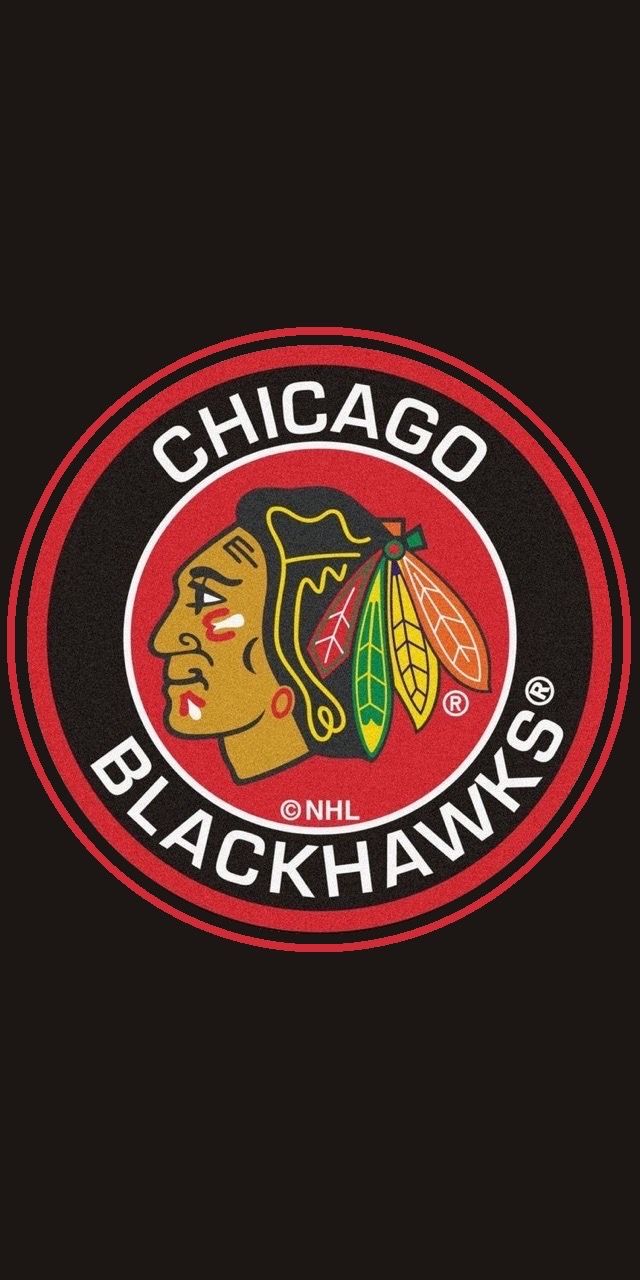The Chicago Blackhawks, one of the Original Six teams in the National Hockey League (NHL), possess a logo imbued with both valor and controversy. The depiction of a Native American chief has been the centerpiece of debates regarding cultural sensitivity, representation, and authenticity. In a society increasingly cognizant of the complexities surrounding cultural narratives, a reexamination of the logo through the lens of cultural relativism emerges as an imperative endeavor. This discourse aims to explore the various dimensions of redesigning the Blackhawks logo in a black and white format, juxtaposed against the historical and contemporary implications of iconography within sports culture.
Firstly, it is crucial to understand the historical context surrounding the Blackhawks logo. The team, founded in 1926, adopted the logo emblematic of a Native American warrior, specifically inspired by the man who served as a leader during the 18th century. Over the decades, this imagery has sparked conflicting sentiments — pride among fans who appreciate the representation of bravery and tenacity, and disapproval from Indigenous communities and advocates who view it as a perpetuation of stereotypes and misrepresentation.
In the socio-political landscape of the 21st century, where movements advocating for social justice and equity have gained traction, it becomes essential to engage with these dialogues through a framework of cultural relativism. This perspective posits that beliefs and practices should be understood within their social and historical contexts. In this regard, the potential redesign of the logo necessitates a balance between homage and respect for Indigenous cultures while catering to an evolving audience that seeks inclusivity.
Redesigning the logo in a black and white palette could amplify its aesthetic appeal while simultaneously distilling its essence to foster discussions surrounding its implications. Black and white art often transcends mere color, serving as a medium to evoke emotions through contrasts. In this specific context, simplicity could be a conduit for deeper introspection about the cultural weight the logo carries. Such a redesign may strip the logo of its vibrant history, thereby calling into question whether its existing connotations will remain intact.
Moreover, the reduction of the color spectrum raises important conversations about visibility and representation for Indigenous communities. The monochromatic scheme could symbolize a shift towards neutrality in a contentious sphere. However, it may also inadvertently dilute the cultural significance embedded in the original colorization. This layered complexity merits equal consideration; cultural expression encapsulates myriad hues, and the absence of these can render identities less visible.
Another dimension that requires exploration is the role of sports franchises in influencing cultural narratives. The Blackhawks logo is not merely an insignia; it symbolizes a foundational aspect of the team, infusing pride among fans while simultaneously standing as a barrier to meaningful discussion around representation. Athletes, fans, and executives navigate this iconography daily, confronting the vast implications of their association with it. A redesigned logo could potentially instigate critical conversations, advocating for more diversified representations within sports and beyond.
Engagement with Indigenous voices in the redesign process is paramount. Collaborative efforts to ensure that any modifications resonate with the community’s narratives could facilitate a more genuine understanding of cultural implications. This type of engagement aligns with the tenets of cultural relativism, wherein inclusivity and respect for diverse perspectives can enrich the creation of cultural symbols.
Furthermore, the conversation surrounding the Blackhawks logo extends beyond mere redesigning; it intersects with the broader movements advocating for Native American rights and recognition. To elevate the discourse, sports franchises must grapple with their responsibilities as cultural ambassadors. The branding choices they make reverberate throughout society, often setting precedents for how cultural narratives are treated within the public sphere. Therefore, the evaluation of such emblematic representations can yield insights that transcend sports, informing cultural dialogues in other sectors.
Another perspective to consider is the generational divide regarding perceptions of the logo. Younger generations, often more attuned to issues of inclusivity and representation, may espouse a different viewpoint than their predecessors. As fans collectively redefine what it means to be represented through sports, the dialogue becomes an intergenerational dialogue—where traditional views are re-evaluated and juxtaposed against a backdrop of contemporary ideologies. In this context, a black and white redesign might transmute into an opportunity for education and conversation, allowing for a more nuanced understanding of representation across generations.
In conclusion, the endeavor of redesigning the Chicago Blackhawks logo in black and white serves as a compelling case study within the broader discourse of cultural relativism and representation. By engaging with the historical weight of the logo, embracing diverse perspectives, and involving Indigenous communities in the redesign process, the franchise can navigate the delicate terrain of cultural expression with greater sensitivity and discernment. Ultimately, this intersection of sports and cultural narratives offers fertile ground for critical reflection, serving as a testament to the evolving nature of identity and representation in contemporary society.
